This is the 21st in a series of posts on the Fujifilm GFX-50S. The series starts here. You should be able to find all the posts about that camera in the Category List on the right sidebar, below the Articles widget. There’s a drop-down menu there that you can use to get to all the posts in this series; just look for “GFX 50S”.
I now have three adapted lenses that work well on the GFX: the Otus 55 and 85, and the Apo-Sonnar 135/2. Both the native 63 and 120 macro work well, too. Now I need to find a wide-ish lens. I thought the Hasselblad 35 mm f/3.5 HC, originally made by Fuji and marketed by Hasselblad under their name for their H-series cameras. I mounted it to the GFX using the Fuji H-lens-to-GFX camera adapter. If you like 4:3 or squarer images, a 35mm lens on the GFX is equivalent to a 25 mm lens on a full frame (24×36 mm) camera.
Here’s the recipe for the shots to follow:
Shutter set to EFCS. Apertures from f/3.5 to f/11 in whole stops, except for the first step. I focused three times at each aperture, and picked the sharpest images. 2-second self-timer. Arca-Swiss C1 cube on RRS sticks. Focus was upper-center-left of the image, on the trees above the roof. ll images were refocused at each aperture.Daylight white balance selected in Lightroom.
The scene wide open:
At the focus point at 253%:
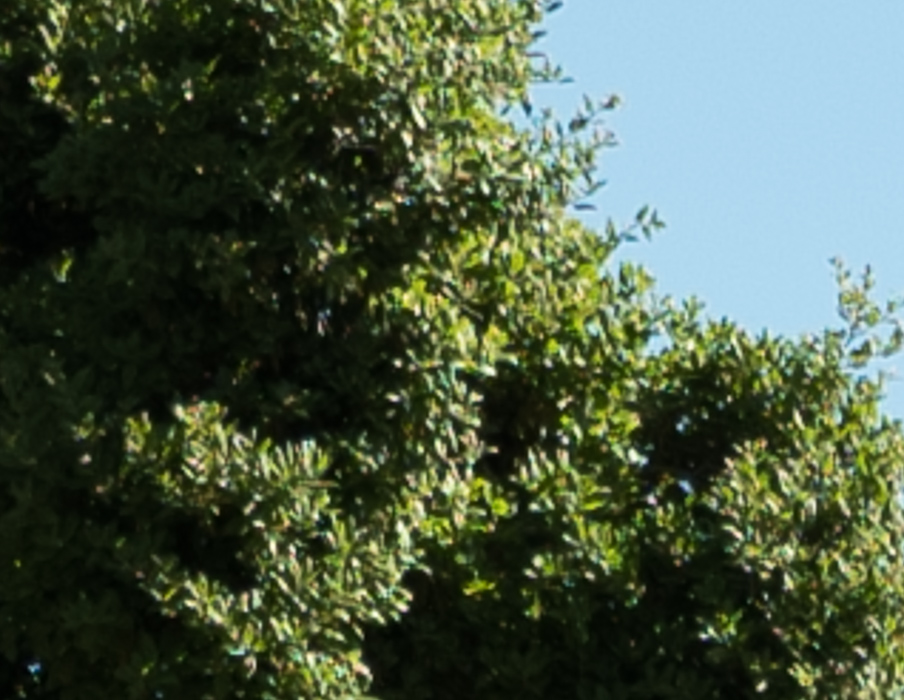
Here’s how to use these highly-magnified crops. The dimensions of the GFX sensor are 8256×6192 pixels. If we make a full-frame print from the GFX on a printer with 360 pixels per inch native driver-level resolution, like the Epson inkjet printers, we’ll end up with a 23×17 inch (58×44 cm) print. The 318×246 pixel crop you’re looking at will end up 0.8333×0.6833 inches (2.12×1.74 cm). Let’s imagine that you or your viewers are critical, and will look at the 22×17 inch print from about 18 inches (conventional wisdom is that the distance would be a little greater than that, or 28 inches (the diagonal), but you did buy a high-resolution camera for a reason, didn’t you?).
The next step is dependent on your monitor pitch, which you may or may not know. Turns out, you don’t have to know it. Just take the 253% crops and view then at 1:1. How high are they? Get out your ruler and measure, or just guess. Let’s say they are 6 inches high. 6 inches is about 7 times 0.8333, so in order to view the crops the way they’d look from 18 inches on the print is to view them from 7 times as far away, or 10.5 feet.
Everything here scales proportionately. If the image on your screen is bigger than 6 inches, increase your viewing distance by the ratio of your image height to 6 inches. If you thin your viewers are going to almost get their nose to that print and look at it from six inches, divide that 10.5 feet by 3, and look at the image on the monitor from three and a half feet away.
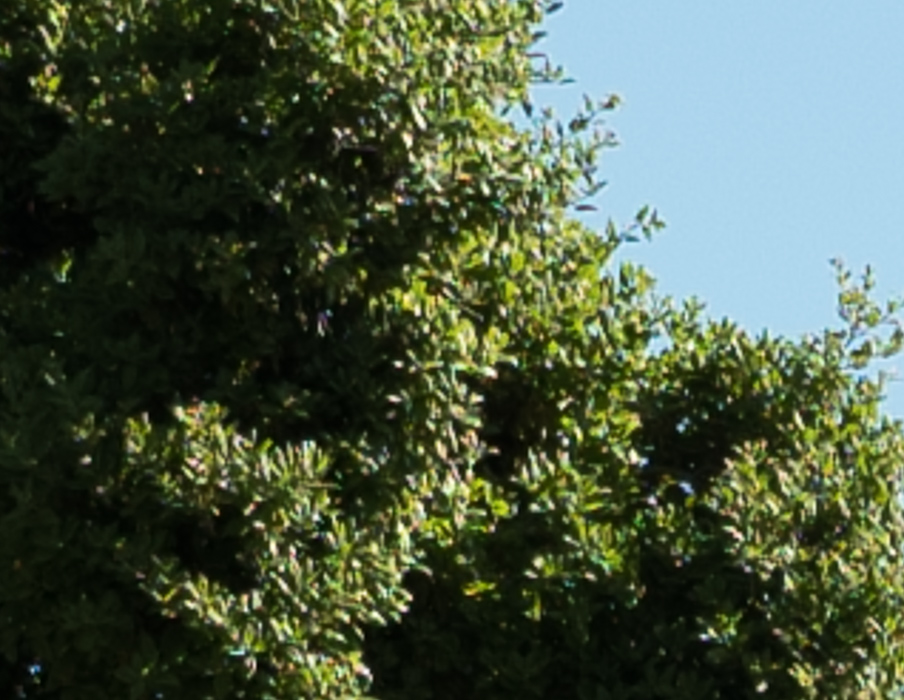
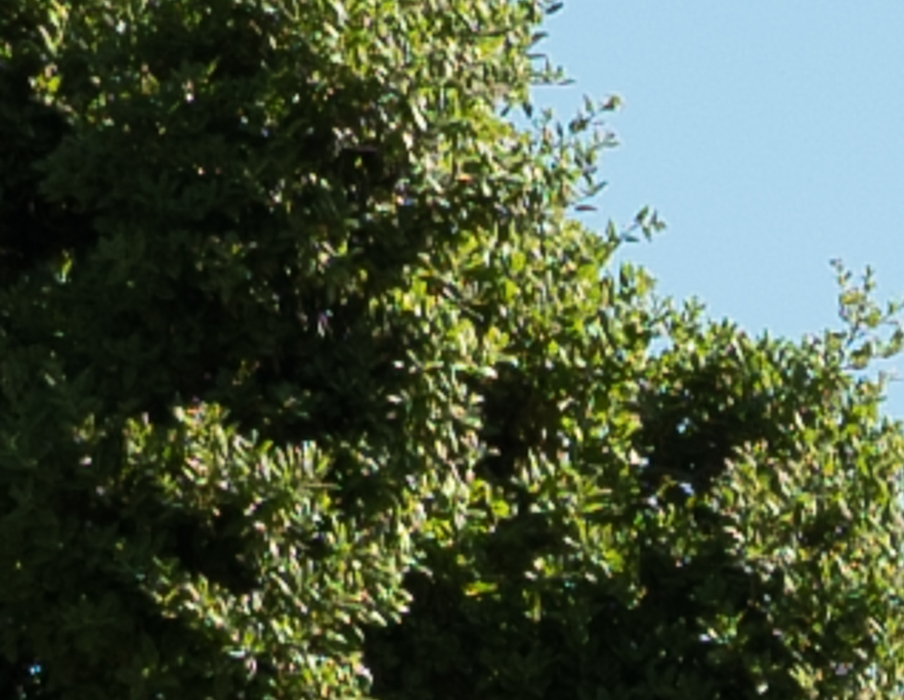
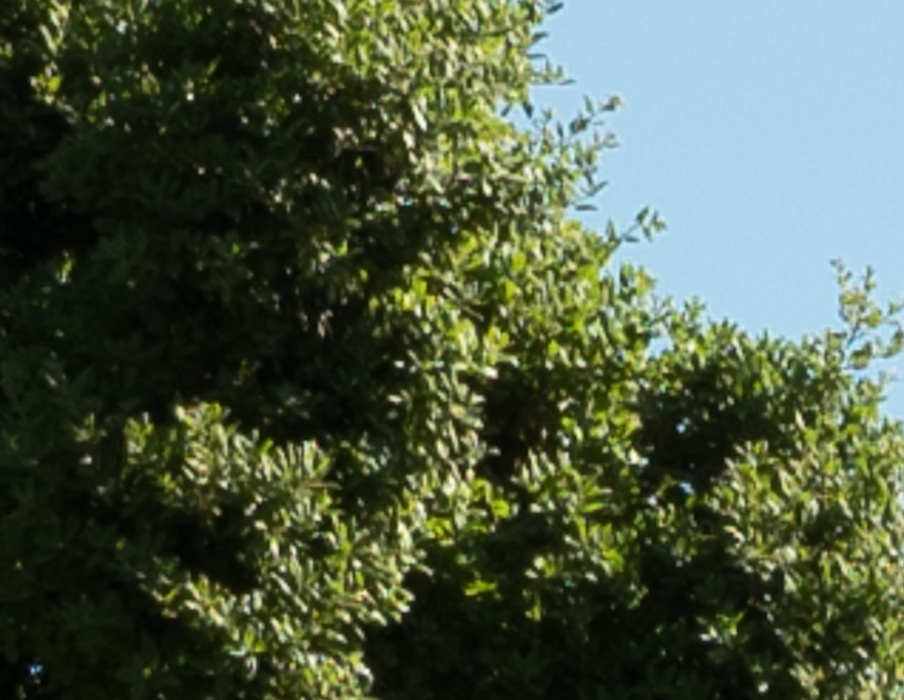
That’s pretty darned good.
On the left-center edge:
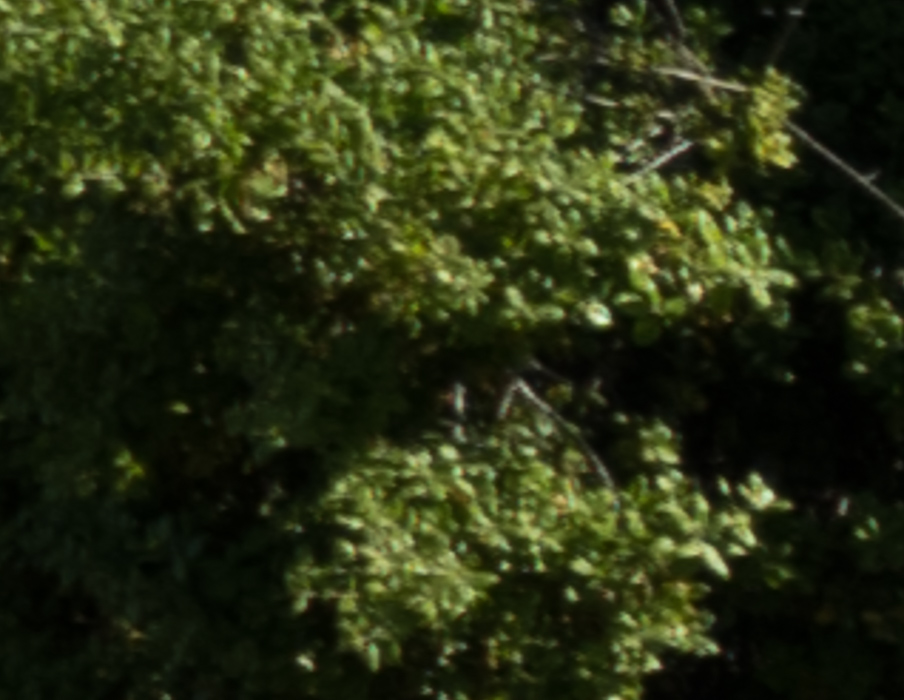
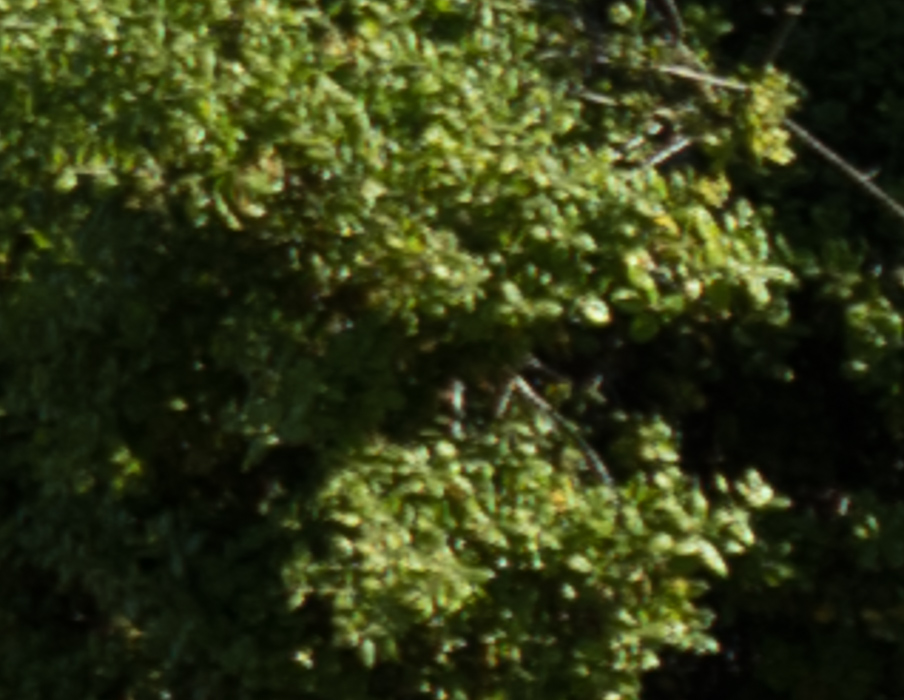
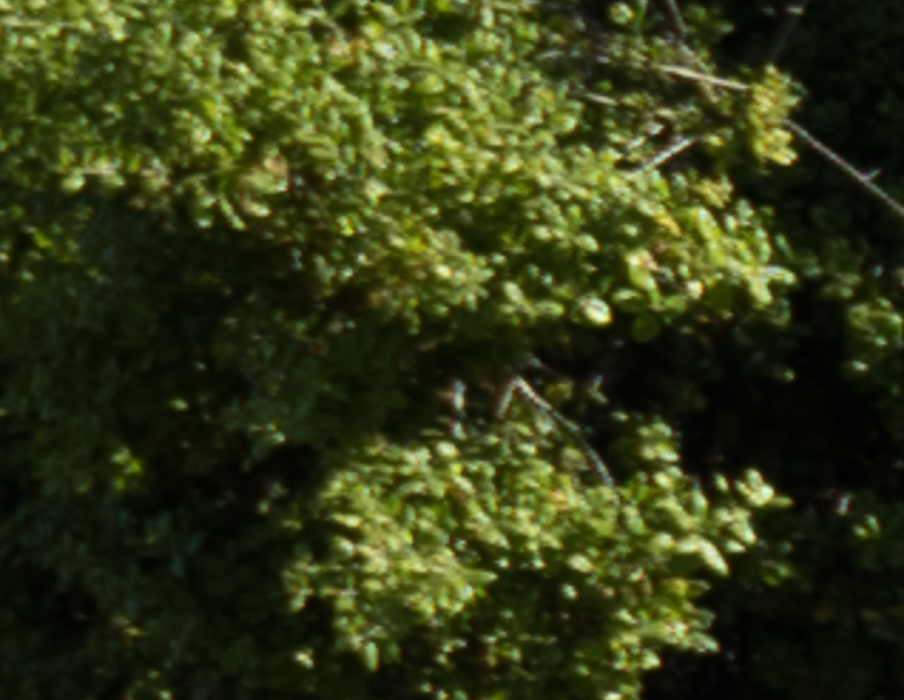
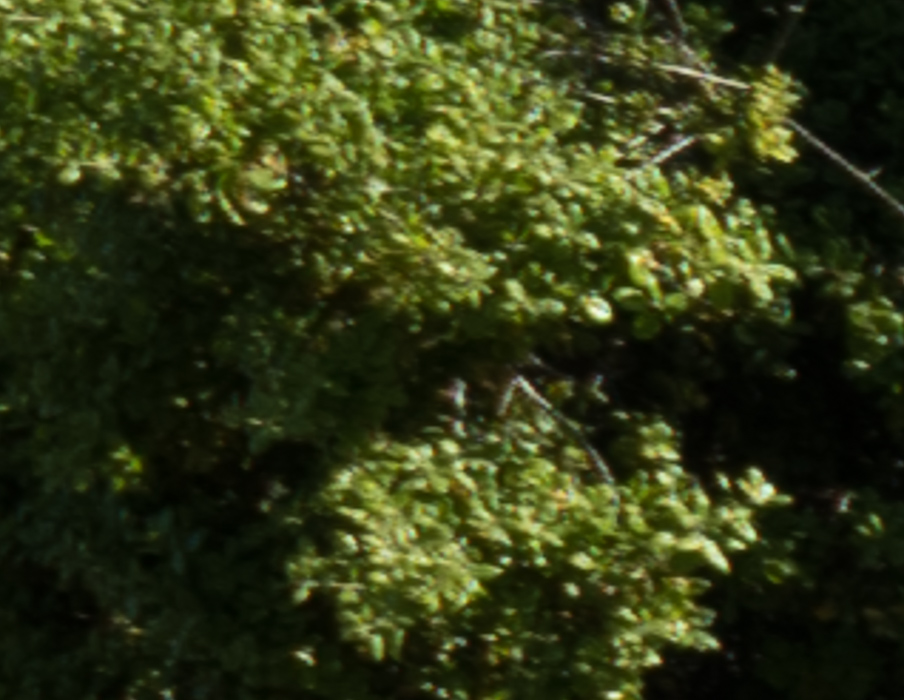
The f/3.5 image is a tad soft, but the others are really good.
In the upper right corner:
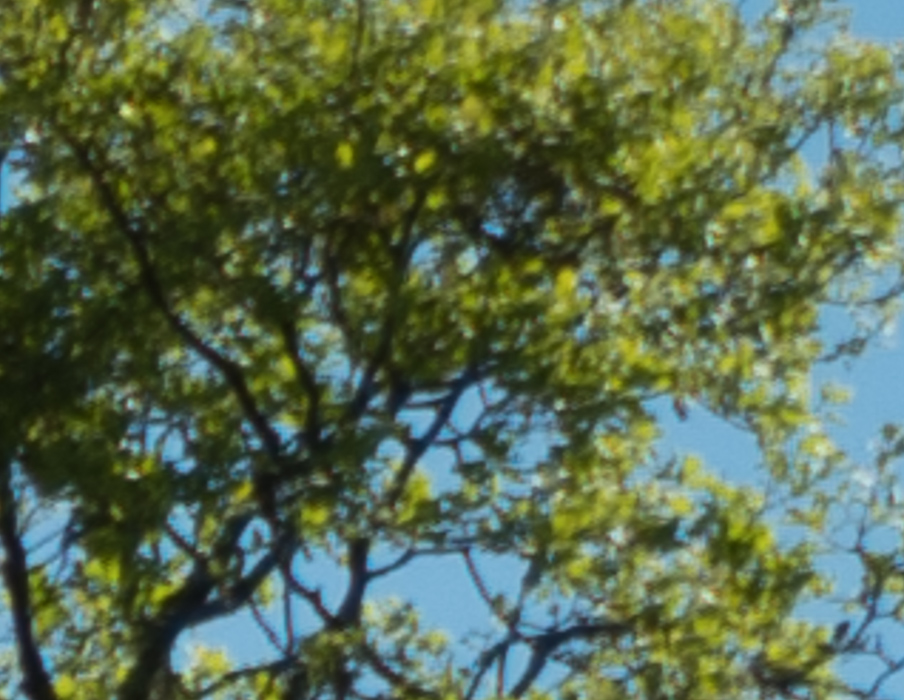
Some falloff and softness is apparent, but it’s not bad at all. This lens was made to cover a much larger sensor.
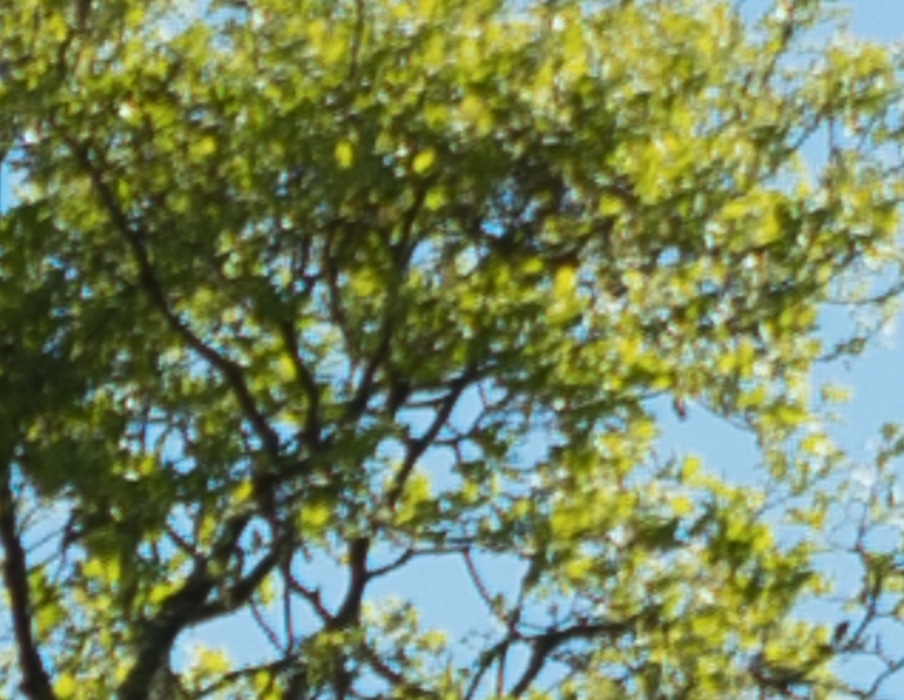
Looking good now.
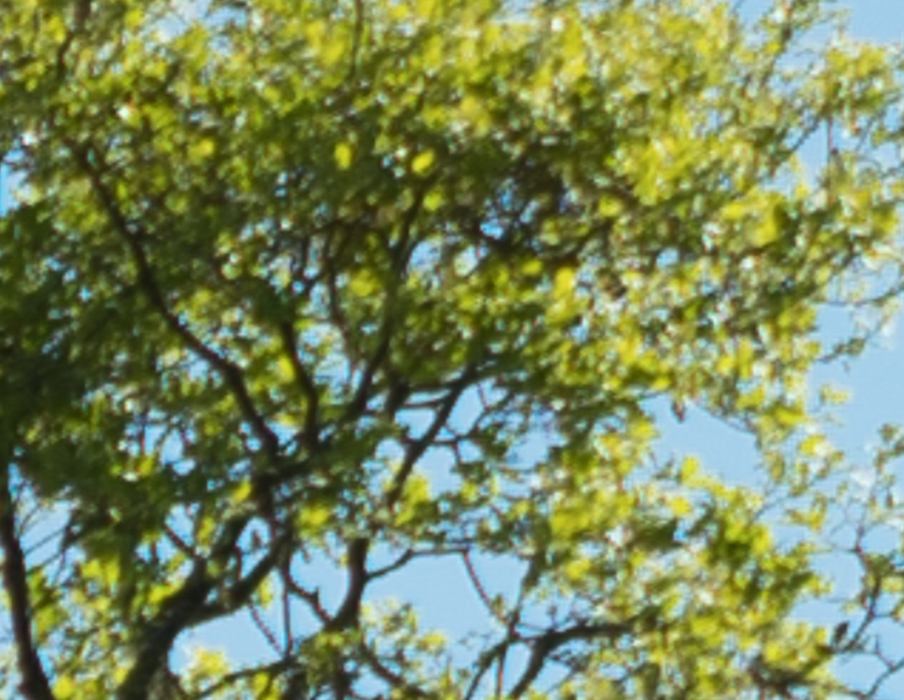
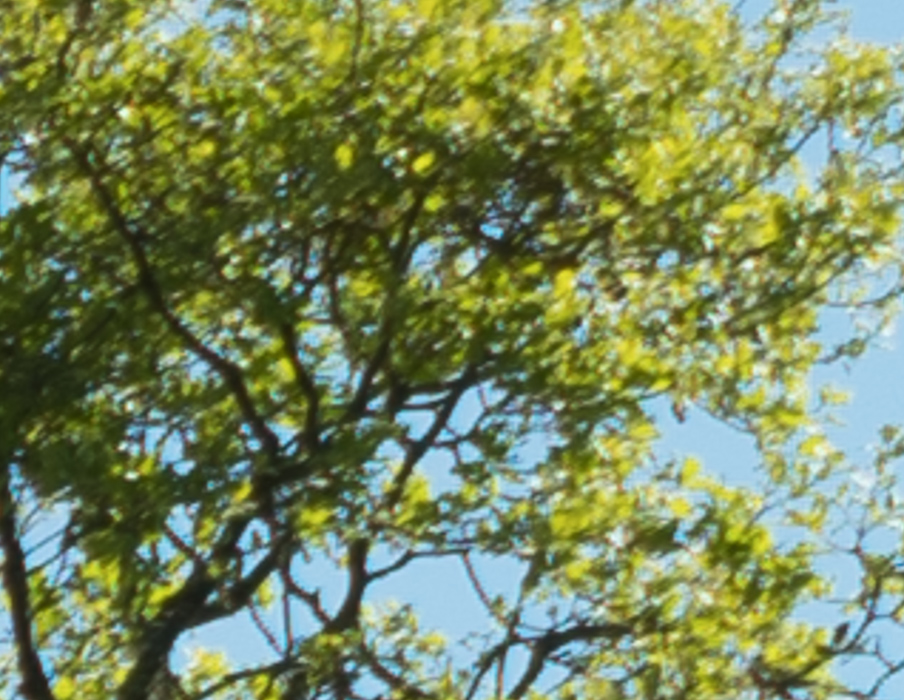
I think I’ve found my short lens for the GFX.
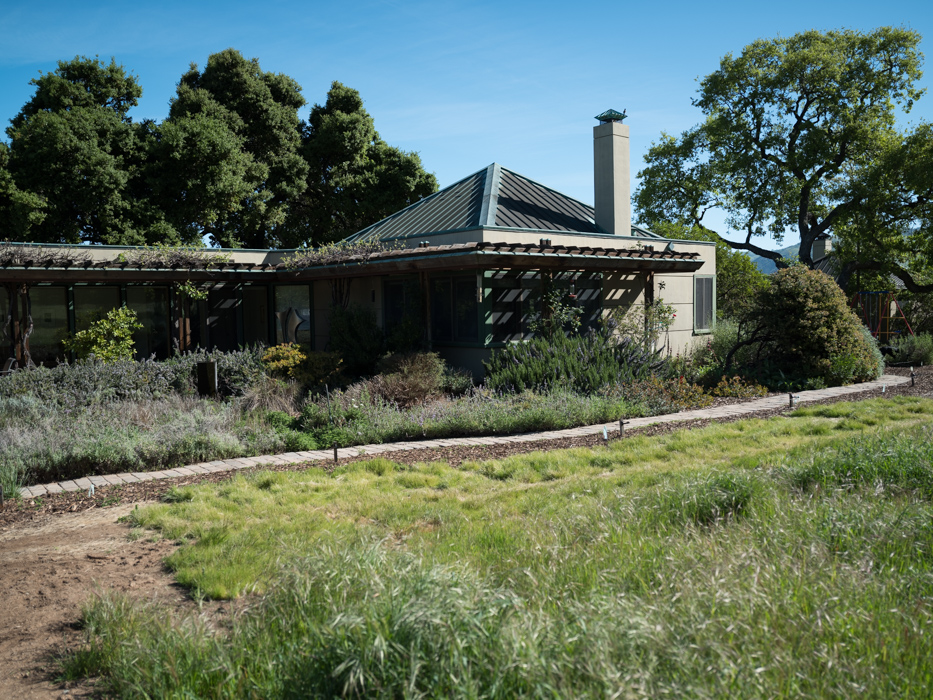
Have you compared the Hasselblad 35/3.5 to the Pentax 35mm/3.5?
Thanks
No, and I’ve sold all of my Hasselblad lenses.
so what’s your keeper in the 35mm for digital MF?
When I need 35mm, I’m using the Fujifilm 32-64/4.
Hey Jim!
Love the blog. Probably my most used review page for GFX stuff. I have the 100s now. I just got the 32-64/4. I’m not crazy about the corner performance or the focus curvature. I like primes.
Ideally, I’d prefer Fuji made a 35mm prime. I find the GF 30mm is just a bit too wide for the way I compose. I had the GF 45mm, which is obviously an amazing lens. It might have spoiled me because now I’ve gotten used to how crisp the corners are with that lens. But I wanted the 35mm focal length so I sold it for the zoom. Do you have any other suggestions for medium format lenses that would be contenders at this focal length on the GFX 100s? Currently I have the GF 110, which is amazing, the GF 50, which I’m quite happy with, and the 32-64. I love the size and weight of the GF 45mm. Thanks!
I’m sorry, but I do not.
No worries Jim. Also, I just noticed you mentioned the 35mm on a GFX is equivalent to 25 on full frame. I’m guessing you’re using a .73 conversion factor, A lot of people are quoting .8 but I understand 3:2 and 4:3 are different aspect ratios. I love the look of 28mm on full frame. So would a 38mm more closely resemble that than a 35mm on the GFX? I really wish Fuji would make a prime between 30 and 45.
I like 3:4 aspect ratio better than 2:3, so my personal conversion factor is 24/33.
Oh ok! I see your rationale now. I agree that 3:4 is usually more to my taste as well.
So what are your thoughts on comparing the HC 35mm with Fuji 32-64 at 35mm? I’m interested in shooting landscapes and having good corner performance. I know you sold the HC 35. Did you find it wasn’t a better performer than the native Fuji zoom overall? Or something else?
The 32-64 has some field curvature. It’s not bad, as such things go, but some people find it problematic for landscapes. I don’t know about field curvature with the HC 35.